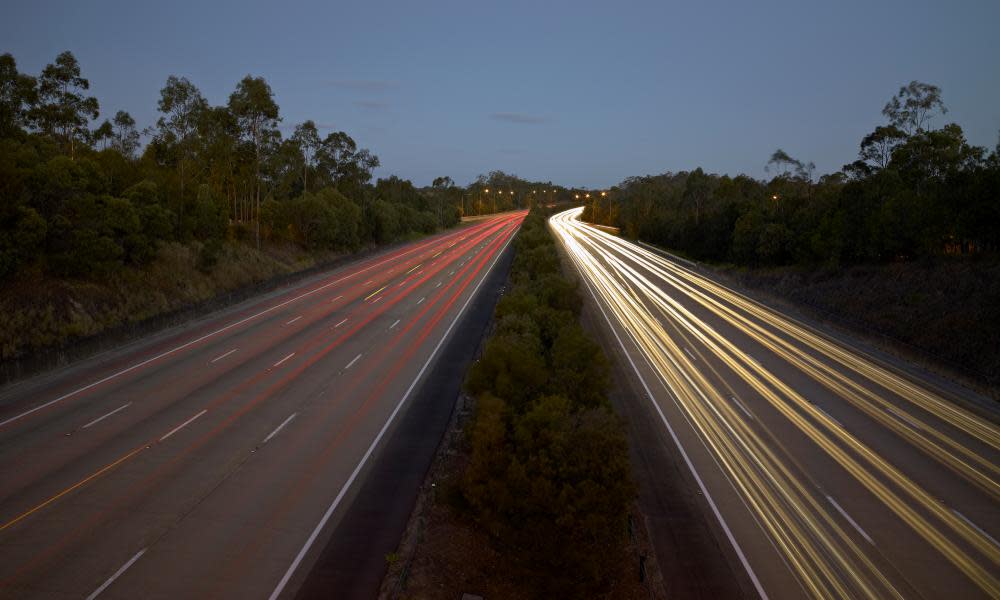Queensland to build one of the world's longest electric vehicle highways

Queensland will have a 2,000km network of electric vehicle charging stations that make up one of the world’s longest electric vehicle highways within six months.
The state government announced on Thursday it would build an 18-station network stretching along Queensland’s east coast from Cairns to Coolangatta and west to Toowoomba.
The stations, which recharge a vehicle in 30 minutes, will offer free power for at least a year in what the environment minister, Steven Miles, said was a bid to boost the number of electric cars on Queensland roads, currently about 700.
“This project is ambitious, but we want as many people as possible on board the electric vehicle revolution, as part of our transition to a low-emissions future,” Miles said.
The $3m network had “the potential to revolutionise the way we travel around Queensland in the future”, he said.
Queensland’s “electric highway” will span a comparable distance to the “west coast electric highway” in the US, which runs from California to Oregon and Washington state. However it is dwarfed by the Trans-Canada EV highway, which, at about 8,000km, is the world’s longest.
But the US in total now boasts 16,107 stations and 43,828 charging outlets, according to the US Department of Energy. Tesla drivers can reputedly make journeys of 20,000 km.
The Queensland stations, which will range from the capital Brisbane to the small sugar town of Tully, would be powered with “green energy” bought through renewable energy credits or offsets.
Miles said a state household energy survey showed half of Queenslanders would consider “an electric vehicle, plug-in hybrid or regenerative braking hybrid” when buying a new car in the next two years.
While lower prices and longer-lasting batteries were driving global uptake, most in the survey said “improvements to public fast-charging infrastructure would further tempt them into purchasing an EV”, Miles said.
Car executives from Audi, BMW, Hyundai, Jaguar Land Rover, Mercedes Benz and Mitsubishi lined up to praise the move and called on other states to follow.
The Audi Australia managing director, Paul Sansom, said electric car drivers travelling “the vast distances in between our capital cities … need to have confidence that they will be able to find a charging station when they need it, even if they’re driving in an unfamiliar region”.
“This is the current expectation around frequency of petrol stations, and it’s, rightly, what consumers will demand as EVs become more prevalent.”
Behyad Jafari, the chief executive of the Electric Vehicle Council, said the state government had shown “national leadership” with “a signal to the market that Queensland is serious about electric vehicles”.
This gave the industry “certainty to unlock investment to grow our economy and create new, high skilled jobs”, he said.
“I encourage all governments across Australia to follow suit, particularly as this support will help to provide motorists with increased choice of cars that are cheaper and healthier to operate.”
Queensland is Australia’s biggest carbon polluter, with the transport sector making up the state’s second largest source of carbon emissions with 21.1m tonnes in 2014, having almost doubled since 1990.
Passenger cars make up almost half of transport emissions, according to the state environment department.
The $3m contract to build the network has been awarded to Brisbane technology company Tritium, which began as a solar car racing parts manufacturer.

 Yahoo News
Yahoo News 
